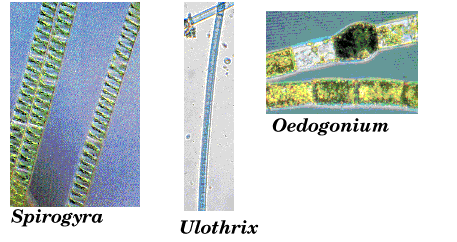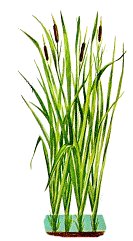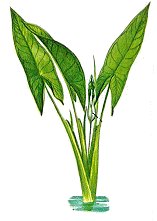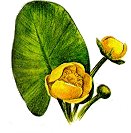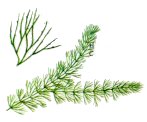Freshwater Plants
These are all true plants. In freshwater, much of the algal growth is in the form of slimes that grow on rocks, plants, and other surfaces, and of course microscopic phytoplankton. While freshwater algae is an important part of the ecosystem, it is not very remarkable to the typical scuba diver.

